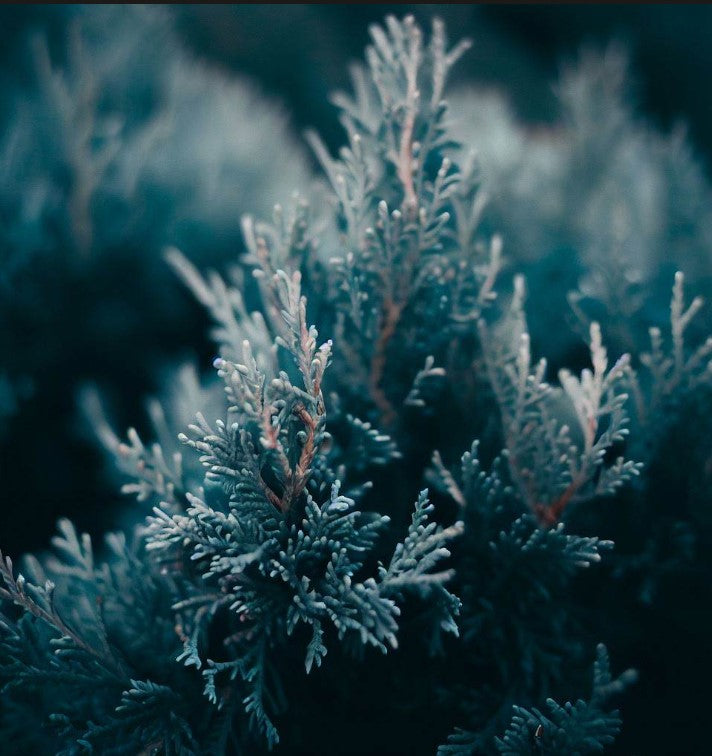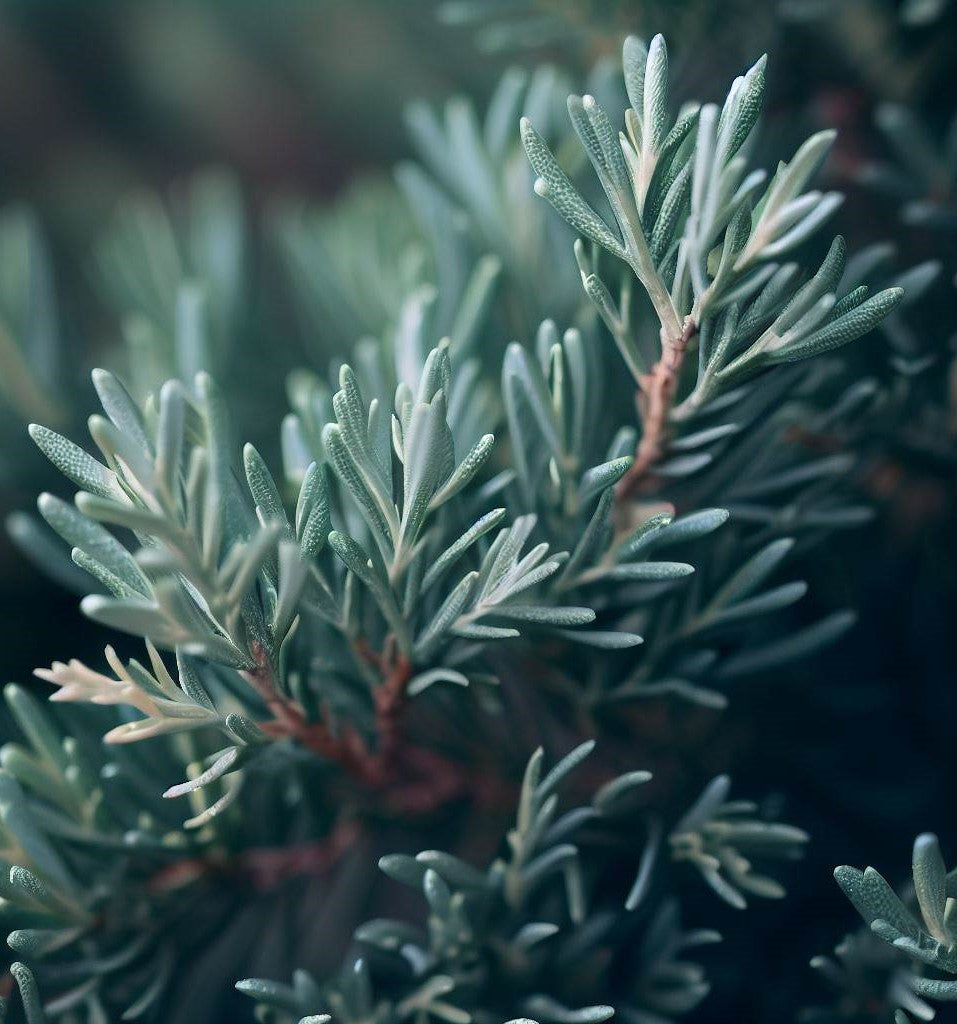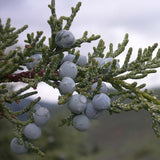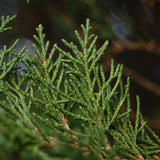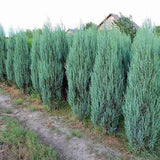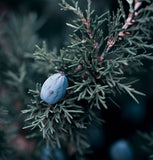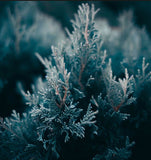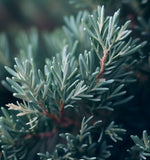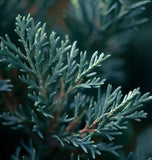Juniperus scopulorum (Rocky Mountain Juniper, Rocky Mt. Juniper)
Juniperus scopulorum (Rocky Mountain Juniper, Rocky Mt. Juniper) is a species of evergreen tree native to western North America, particularly the Rocky Mountains region. Here are some key characteristics of the Rocky Mountain Juniper:
Appearance: Rocky Mountain Juniper is a medium to large-sized evergreen tree that typically reaches heights of 20 to 40 feet (6 to 12 meters), although it can occasionally grow taller. It has a conical or columnar shape with dense, spreading branches. The bark is reddish-brown and becomes fibrous and shreddy with age.
Foliage: The foliage of the Rocky Mountain Juniper consists of small, scale-like leaves that are tightly arranged in opposite pairs or whorls of three. The leaves are grayish-green or bluish-green in color and have a sharp, needle-like appearance.
Cones: Rocky Mountain Juniper produces small, berry-like cones that are initially green and eventually turn bluish-black or purplish-black as they mature. The cones are fleshy and contain one to three seeds. They are an important food source for birds and other wildlife.
Habitat: Rocky Mountain Juniper is adapted to a variety of habitats, including mountain slopes, canyons, and rocky areas. It can tolerate harsh environmental conditions, such as cold temperatures, high elevations, and dry soils. It is commonly found in the Rocky Mountains and surrounding regions.
Uses: Rocky Mountain Juniper has both practical and ornamental uses. The wood is highly valued for its durability and is used in outdoor construction, such as fencing, decking, and posts. It is also used for making furniture, cabinets, and other woodworking projects. The tree is often planted for erosion control, windbreaks, and as an ornamental tree in landscaping.
Rocky Mountain Juniper, Juniperus scopulorum, exhibits some regional variation within its range, and there may be distinct populations or ecotypes with specific adaptations to local conditions.
Botanical Name : Juniperus scopulorum
Common Name : Rocky Mountain Juniper
Height : 30- 40 ft
Spread : 3 – 15 ft
Germination Info : Seed requires a warm stratifiaction of 45-90 days followed by 60-120 days cold stratification
Hardiness zone : 3-7
Average seed per ounce : Approx. 2000







